Welcome to our blog! We’re here to share expert tips on staying active, preventing injuries, and recovering stronger.
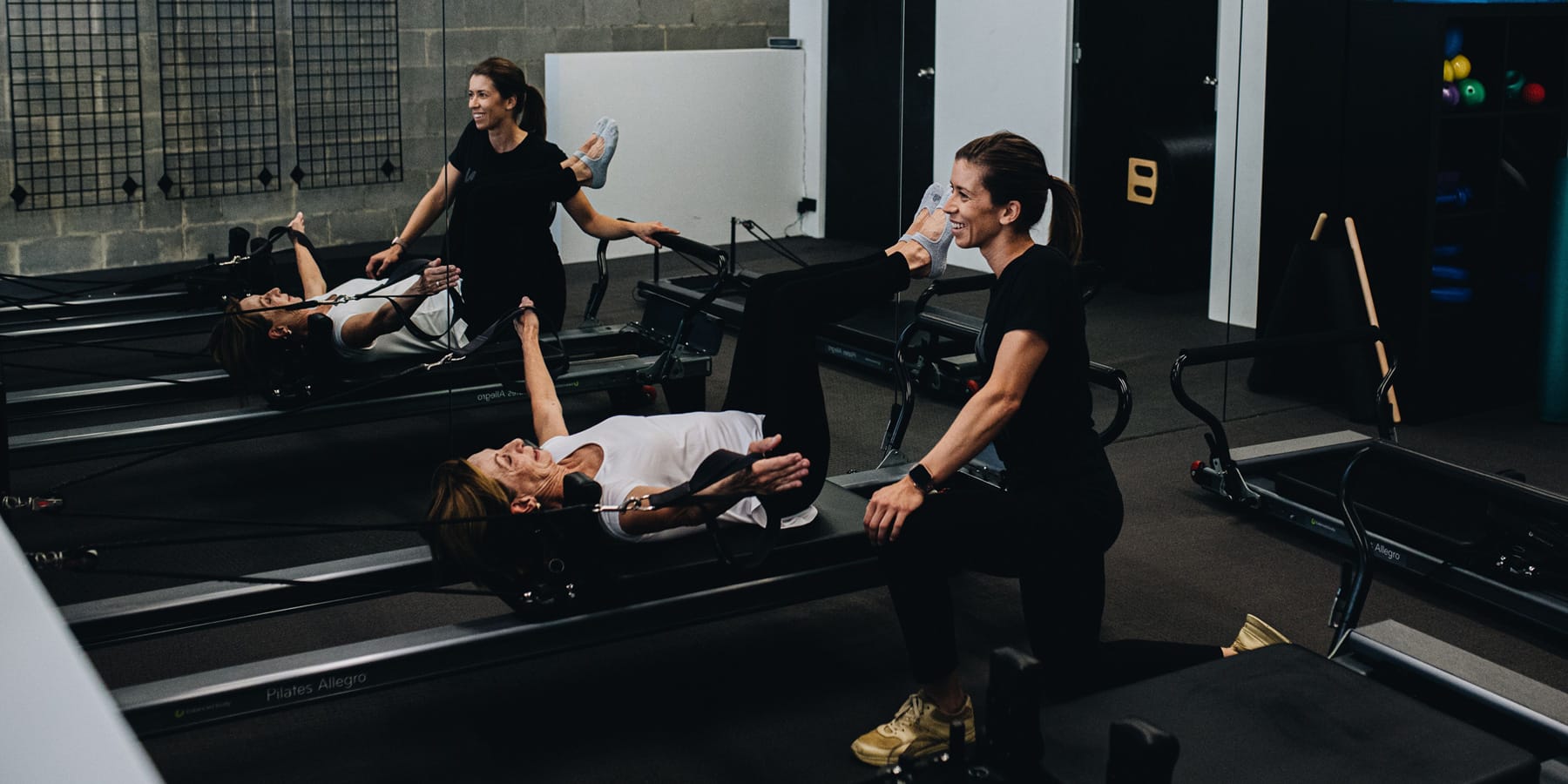
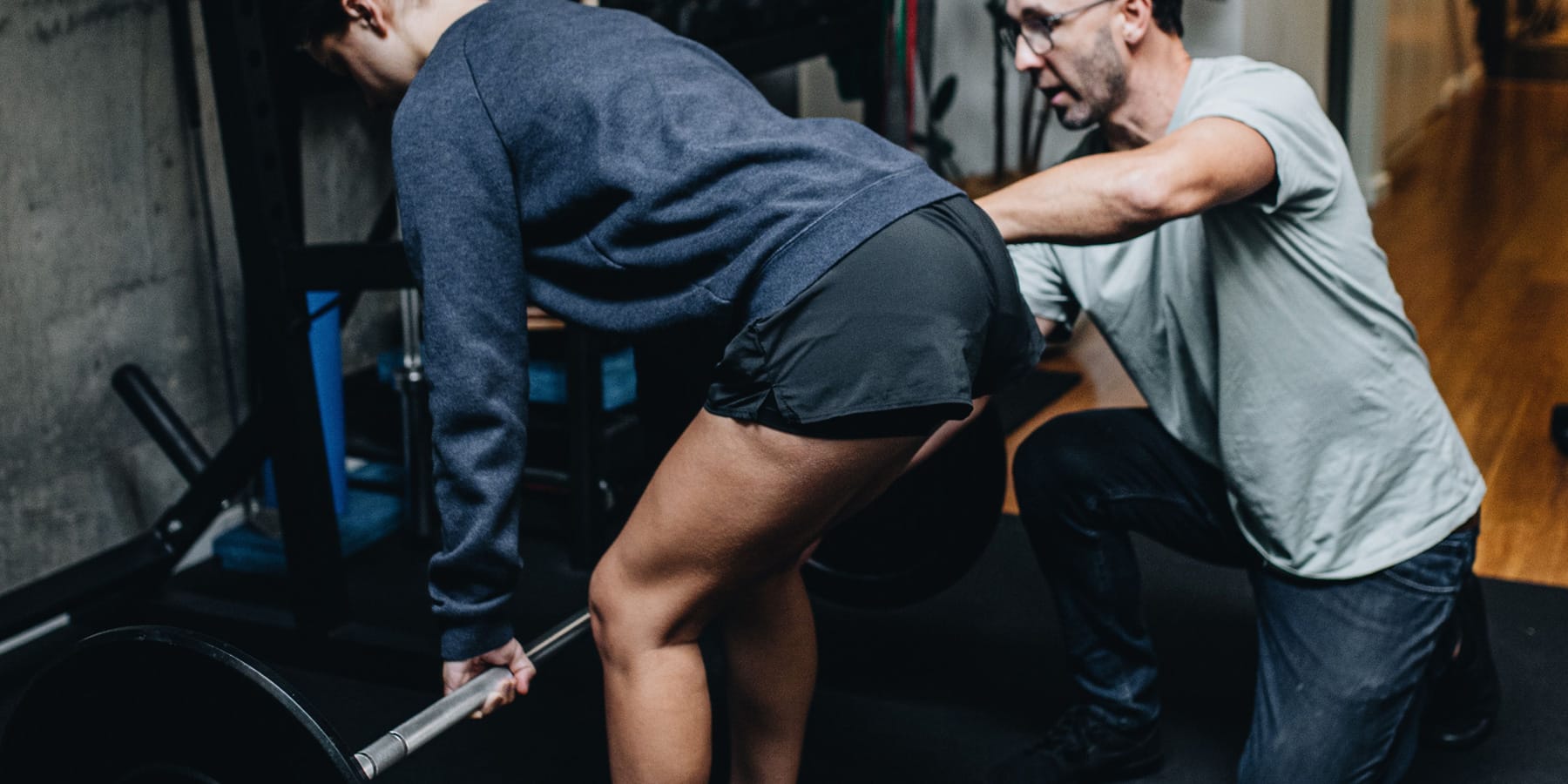
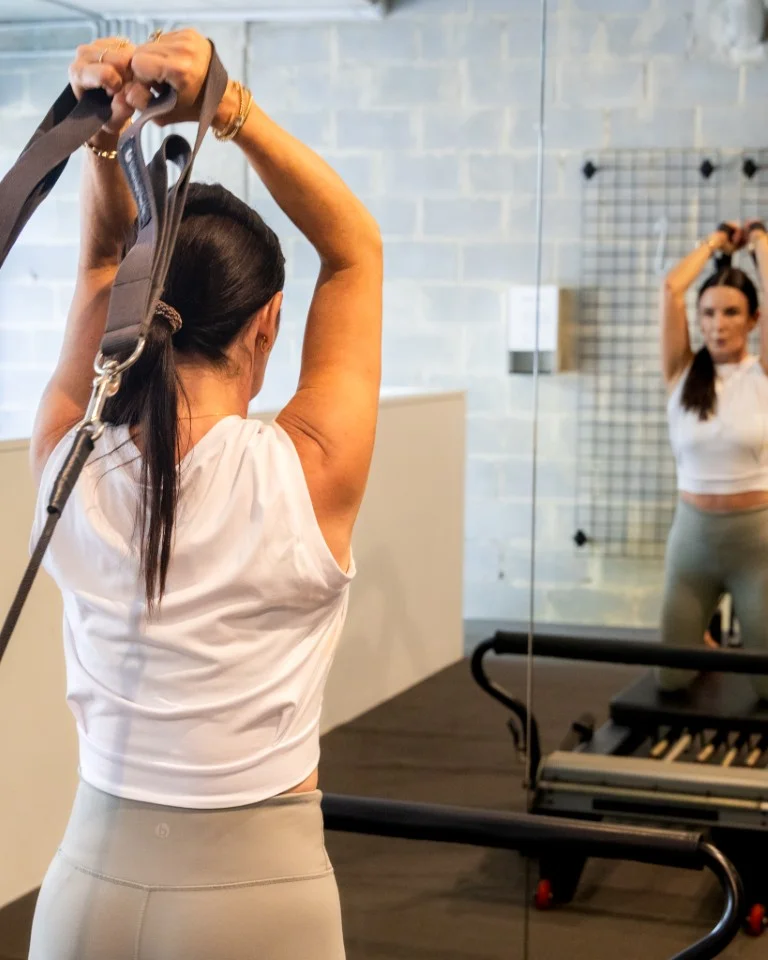

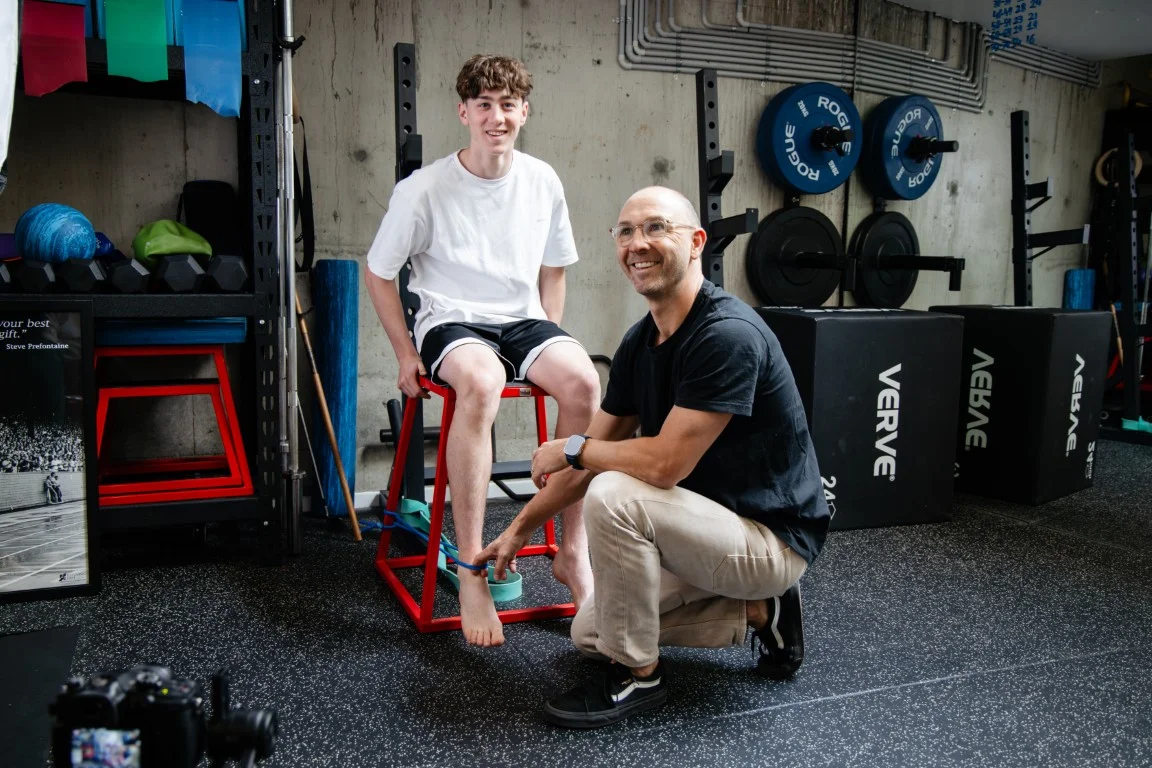
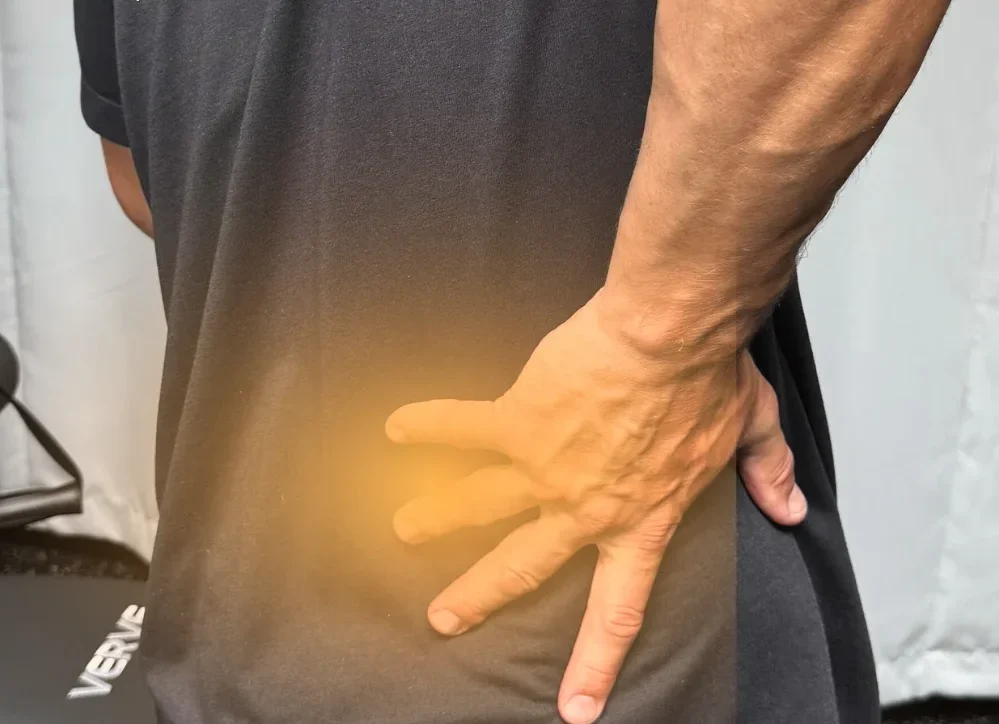

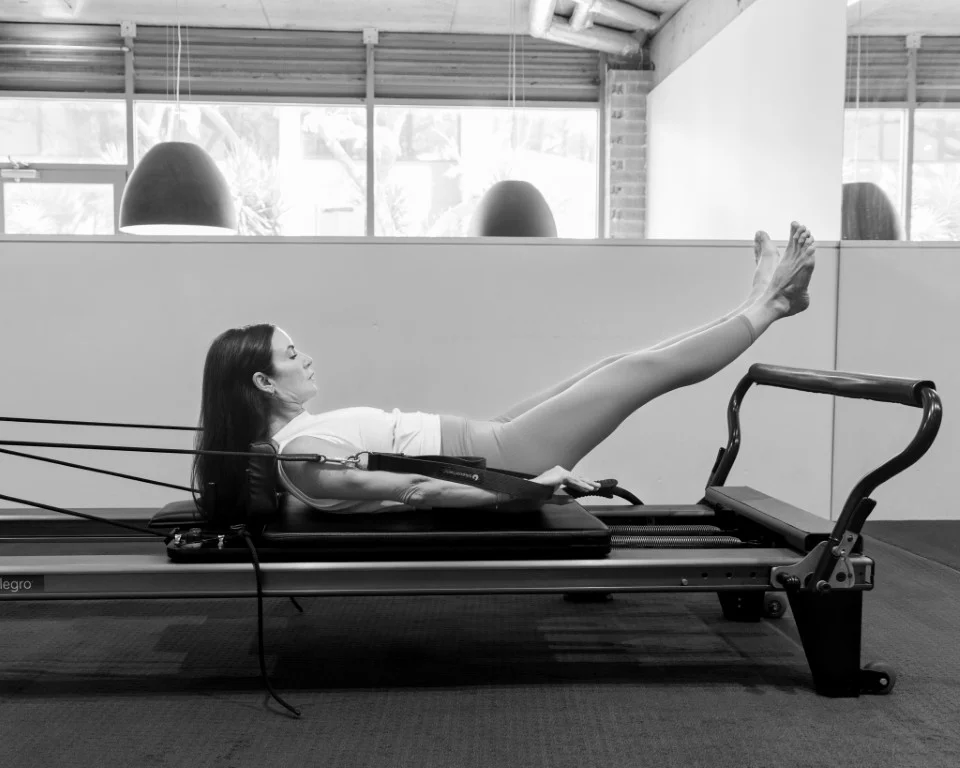
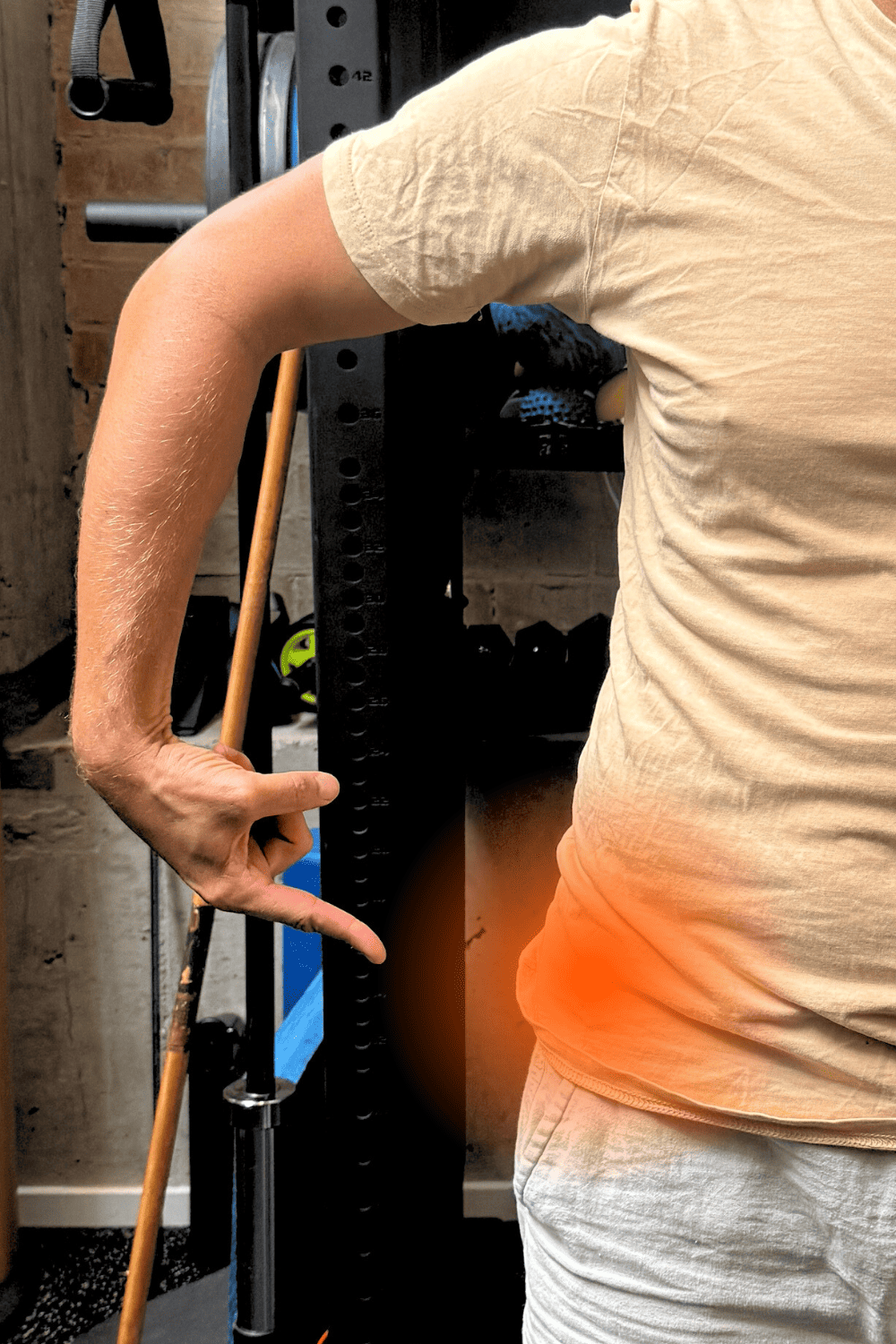
Mon – Thur: 8am – 7pm
Fri: 8am – 5pm
Sat: 8am – 1pm
P: 02 99042180
F: 02 9953 8711
E: info@mrphealth.com.au
© 2024 mrp health. All Rights Reserved. Website & SEO by Hyperdot.com.au